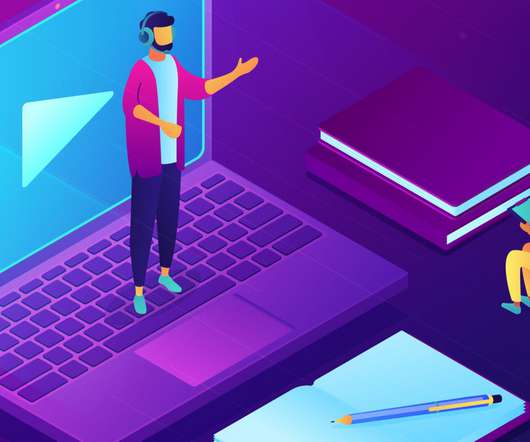When Universal Design Promotes Inclusion of All Students
Edsurge
MAY 31, 2023
Christopher Bugaj Assistive Technology Specialist, Loudoun County Public Schools One way for educators to meet the needs of students is to integrate Universal Design for Learning (UDL) into their instructional practices. Teachers can offer different ways for students to demonstrate knowledge and skills.















Let's personalize your content